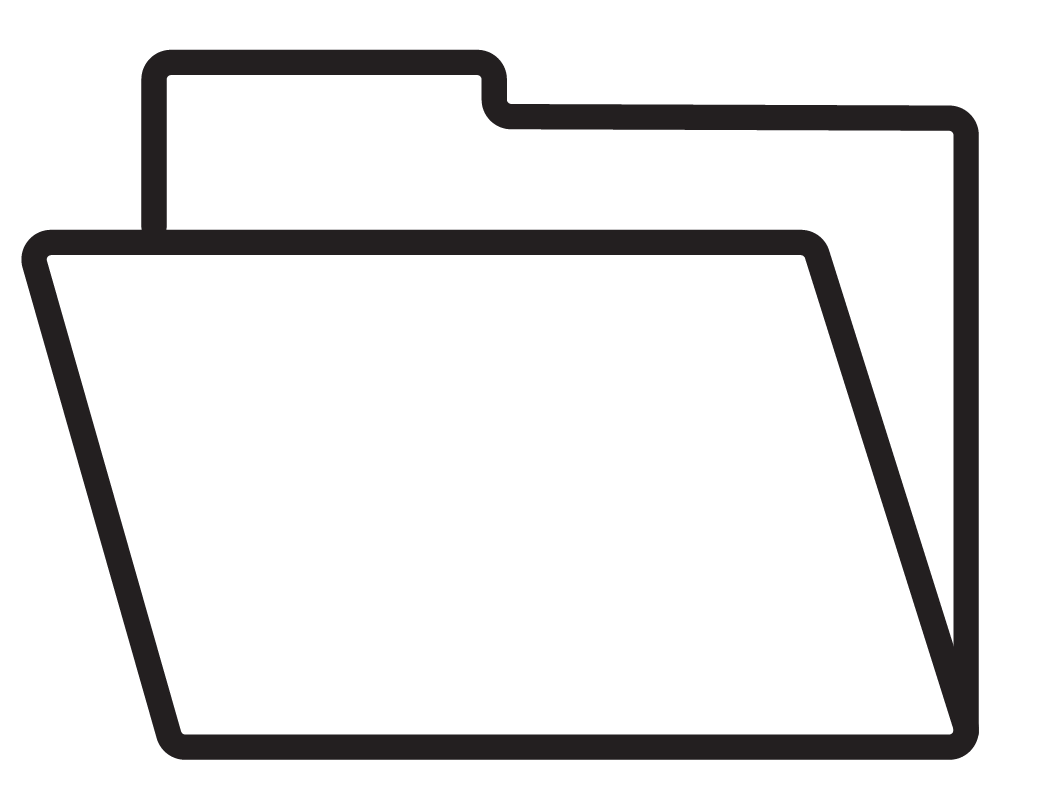Provisional Tax: Your Guide to Staying on Track
We receive a lot of questions about provisional tax payments. In this guide we’ve broken down what business owners need to know to stay on top of your provisional tax obligations and avoid any unwanted surprises.
What is Provisional Tax?
Provisional tax is a way for businesses and self-employed individuals to pay their income tax in installments throughout the year throughout the year. It’s based on your previous year’s earnings or your current income estimate. If you owe more than $5,000 in tax at the end of the year, you’re required to pay provisional tax in the next financial year.
Important Provisional Tax Payment Dates
The key provisional tax dates to note in New Zealand are:
28th August (1st instalment)
15th January (2nd instalment)
7th May (3rd instalment)
Pro Tip: These are the standard payment dates, but make sure to check your myIR account to confirm your specific due dates and the amount you owe. While we include these dates in our tax calendar and monthly newsletter, it's your responsibility to ensure payments are made on time.
Checking Your Payment Amount
Always check your myIR account for the correct amount to pay. This is especially important as:
Payment amounts can change
Interest may be added to previous periods
Credits from other tax types might be available
What If Your Annual Accounts Aren't Finalised?
Here's a common scenario: It's time to pay provisional tax, but your annual accounts aren't finalised yet. Don't panic!
Here's what to do:
Use last year's provisional tax amount plus 5%
This is generally considered a safe harbour amount
It helps you avoid penalties and interest charges
Example:
If your previous year's provisional tax instalment was $1,000
Add 5% ($50)
Pay $1,050 for the current instalment
Important Considerations:
This approach is suitable as a temporary measure
Once your accounts are finalised, you may need to make adjustments
Keep track of payments made using this method
What Happens if You Miss a Provisional Tax Payment?
Missing a provisional tax payment can lead to interest charges and late payment penalties, which can add up quickly. To avoid this, set reminders for the payment dates or refer to our Important Dates Calendar.
Remember, even if your accounts aren’t ready, it’s better to make an estimated payment based on the previous year’s figures (with that 5% buffer) than to miss the deadline entirely. This way, you’ll avoid unnecessary financial stress later.
Tips for Managing Provisional Tax:
Set up a separate savings account for tax
Put aside money regularly
Check myIR before each payment date
Keep track of payment confirmations
Contact us if you're unsure about amounts
Warning Signs to Watch For:
If your income has significantly changed from last year
If you're struggling to meet payment dates
If you're unsure about payment amounts
Need Help?
While we don't send individual payment reminders, we're here to help if you:
• Need clarification on payment amounts
• Want to understand your provisional tax obligations better
• Need assistance with tax planning
Remember: It's better to be proactive than reactive when it comes to provisional tax. Stay on top of your dates, check your myIR account regularly, and don't hesitate to reach out if you need guidance.
Planning for Future Tax Years
Consider setting up a tax savings plan to ensure you're always prepared for provisional tax payments. This might include:
• Regular automatic transfers to a tax savings account
• Quarterly reviews of your tax position
• Regular check-ins with your accountant
At The Accounts Department, we're always here to help you understand your tax obligations and plan effectively. Check our monthly newsletter and tax calendar for important dates, and don't hesitate to contact us if you need assistance with tax planning or calculations.


